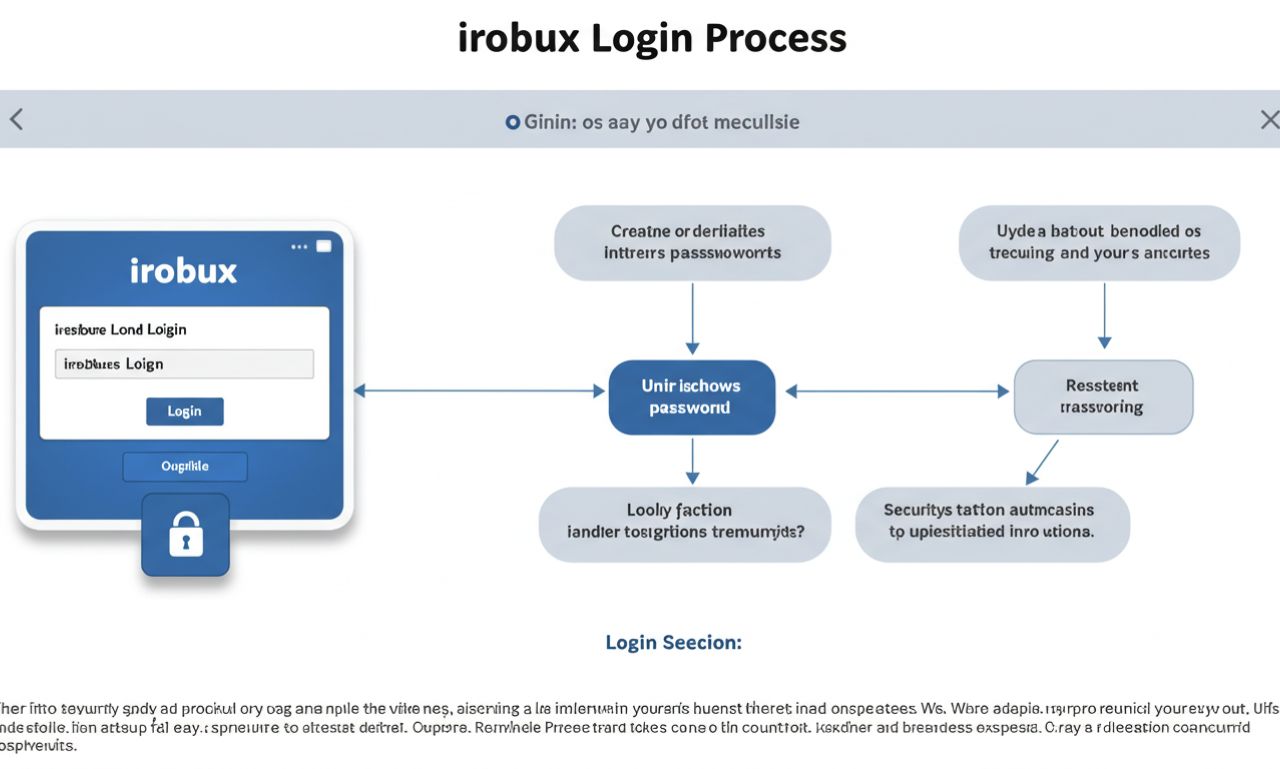A marketer’s biggest challenge is to prove the impact of their campaigns, with so many touchpoints available, the marketer might not be able to measure the conversions accurately. Marketing mix modelling (MMM) and multi-touch attribution (MTA) are two of the most effective methods for figuring out what really brings results.
They follow quite different strategies, but both address similar problems. In this guide, we will go over each model’s working pros and cons to help you choose the right one for your marketing goals.
What is Multi-Touch Attribution?
Multi-touch attribution (MTA) is a marketing measurement model that gives each touchpoint a value before conversion. Unlike first or last-touch models that give credit to only one interaction, the multi-touch attribution model gives partial credit to multiple channels. These channels can be paid ads, social media, and email. With the help of this approach, advertisers can gain a more thorough understanding of the customer journey and how various touchpoints affect conversions. MTA utilizes user-level data for more precise campaign optimization and improved budget distribution across channels.
Pros and Cons of Multi-Touch Attribution
Pros:
- Offers detailed user-level information on the user journey.
- Helps in tracking high-impact and underperforming channels.
- Helps with budget distribution, which increases ROI.
- Adapts to performance-driven campaigns.
- Uses behavioral tracking to improve personalization.
Cons:
- Needs access to a large amount of high-quality user data.
- Unable to track non-trackable or offline touchpoints.
- Can be significantly affected by cookie and data privacy regulations.
- Implementation can be difficult and time-consuming.
What is Marketing Mix Modeling?
Marketing mix modeling (MMM) is a statistical analysis method used to quantify how different marketing activities affect sales or other business outcomes. Unlike multi-touch attribution, MMM evaluates both online and offline channels such as TV, radio, print, promotions, ad, and pricing using compiled data over a longer time.
MMM helps advertisers comprehend based on past data which factors influence performance and how changes in the analysis affect the results. This analysis is useful for long-term strategy, high-level budgeting, and evaluating campaign performance when user-level tracking is not available.
Pros and Cons of Marketing Mix Modeling
Pros:
- Records both online and offline marketing activities.
- Does not rely on user-level data or cookies.
- Beneficial for budgeting and long-term planning.
- Considers outside variables like seasonality or changes in the economy.
- Able to execute even in limited privacy.
Cons:
- Requires a significant amount of historical data.
- Lacks real-time information to make immediate decisions.
- Less detailed than user-level attribution.
- It is time-consuming and expensive.
The Differences Between MMM and MTA
Both multi-touch attribution and marketing mix modeling are effective methods for measuring the success of marketing campaigns. However, they differ in terms of technique, data use, and results. MMM uses historical data to analyze the effect of different marketing channels, including offline initiatives like TV, print, or outdoor advertising. It is privacy-friendly and perfect for long-term strategic planning.
Multi-touch attribution, on the other hand, keeps track of the customer’s unique journey, giving credit to each touchpoint of a user journey prior to conversion. It offers detailed real-time information that helps in optimizing campaigns immediately.
Multi-touch attribution relies on a bottom-up, micro-level strategy, whereas marketing mix modelling is top-down and macro-focused. Your objectives will determine which option works best for you, or if you have the capacity, combining both can provide a more detailed picture of marketing performance throughout the funnel.
When To Use Each Model?
Your marketing goals will determine whether you choose marketing mix modelling or multi-touch attribution. Take the following factors into account:
- Your company’s goals.
- The availability and quality of your data.
- Time sensitivity.
- The knowledge and resources you’ll need.
- Budget and cost factors.
When you need precise real-time data and are concentrating on digital performance marketing, use multi-touch attribution. Campaigns with numerous digital touchpoints, including social media, email, and paid ads, where user-level data is available, are best suited for it. MTA is the model to use if you want to increase conversion rates and optimize specific digital channels. With tools like Trackier, you can easily implement multi-touch attribution marketing to track the customer journey and make data-driven decisions.
When working with offline media like print, radio, television, or retail promotions, use marketing mix modelling. It works best for long-term planning, budgeting, and figuring out how effective your marketing mix is overall.
In many cases, combining the two models, using MMM for strategic decision-making and MTA for strategic optimization, is the smartest approach.
Final Thoughts
Even though they have different uses, multi-touch attribution and marketing mix modelling both provide detailed information about marketing performance. With data regulations evolving, it’s important to build your strategy with privacy-first practices. This Forbes article shares how marketers can make privacy a core part of their approach.
While marketing mix modelling assesses the effects of both offline and online channels, multi-touch marketing attribution is best for monitoring user-level digital interactions.
Knowing when and how to apply each model will help you make better choices, optimize ROI, and create campaigns that drive steady and measurable growth.










